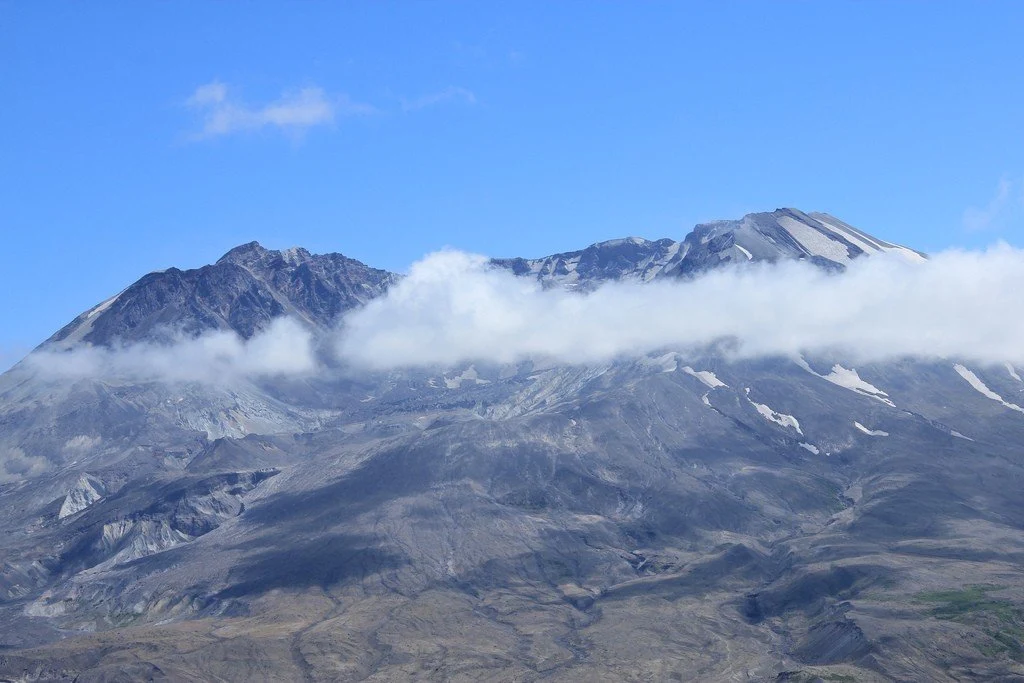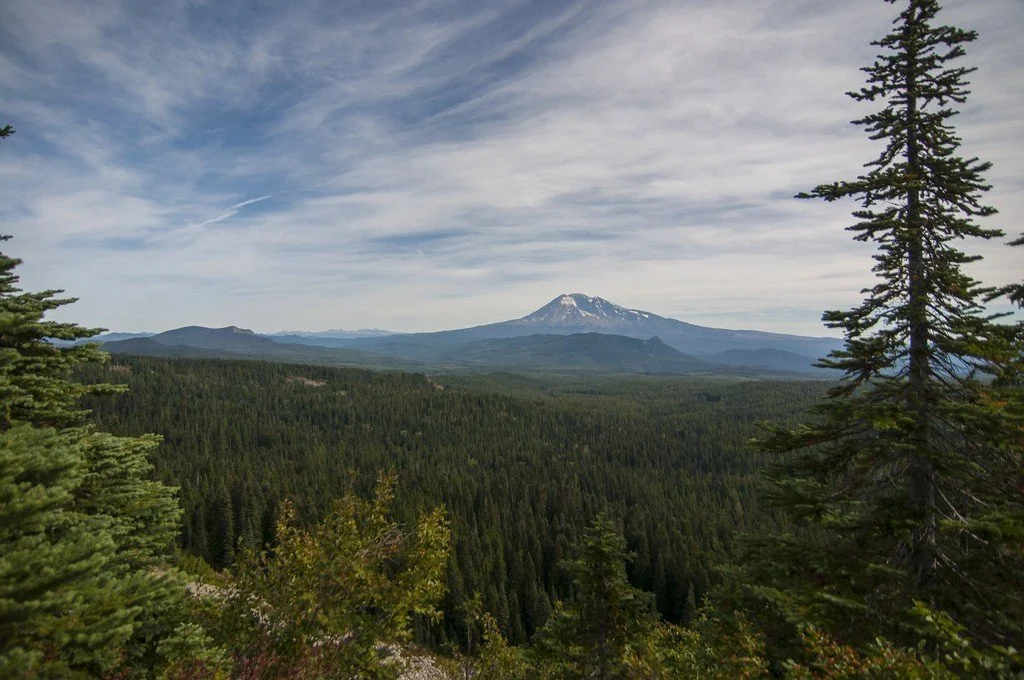Mount St Helens is an amazing volcano, which resulted in the largest avalanche recorded in the world. The volcano is still active, some areas on the slopes are closed to the public, roads can also be closed without any warning.
 |
| mount st helens |
General Information
Once called "American Fujiyama" for its symmetrical beauty, reminiscent of the famous Japanese volcano, with a graceful cone crowned with a snow cap, Mount St Helens has now almost disappeared. Today, tourists come to the mountain to admire the destruction caused by a natural disaster, as well as marvel at nature's ability to recover.
 |
| mount st helens |
On May 18, 1980, at 8:32 a.m., the northern slope of Mount St Helens collapsed in the largest avalanche on record, triggered by an underground earthquake measuring 5.1 on the Richter scale. The height of the volcano decreased from 2950 m to 2550 m. A few seconds after the underground earthquake, the northern slope of the volcano collapsed, followed by a giant ejection of hot deadly gas, steam and stones that shot high into the air. Under the influence of temperatures reaching up to 300 ° C, the snow and ice on the slopes of the volcano quickly melted, forming violent streams of water, mud and stones that rushed down. A few seconds later, a giant cloud of ash rose into the air to a height of 19 km, and strong winds drove more than 540 million tons of ash over an area of 57,000 square meters. km throughout the western United States of America.
 |
| mount st helens |
Shortly thereafter, another ash cloud rose into the sky, and a pyroclastic flow carried more ash down the Tutley Kaulitz rivers, sweeping away everything in its path, wiping out roads, bridges, homes, and businesses, leaving much of the northwest coast The Pacific Ocean turned out to be covered with a grayish-dusty powder.
Prior to this eruption, St. Helens was not among the highest mountains - it was only the fifth highest peak in Washington state.
 |
| mount st helens |
Today, a quarter of a century later, signs of recovery are already visible. The landscape that existed before the eruption, characterized by coniferous forests and clear streams, is gradually beginning to recover. The lower forests, home to Douglas fir and western hemlock, have already begun to revive and tourism is slowly returning to this area of splendor and natural beauty.
